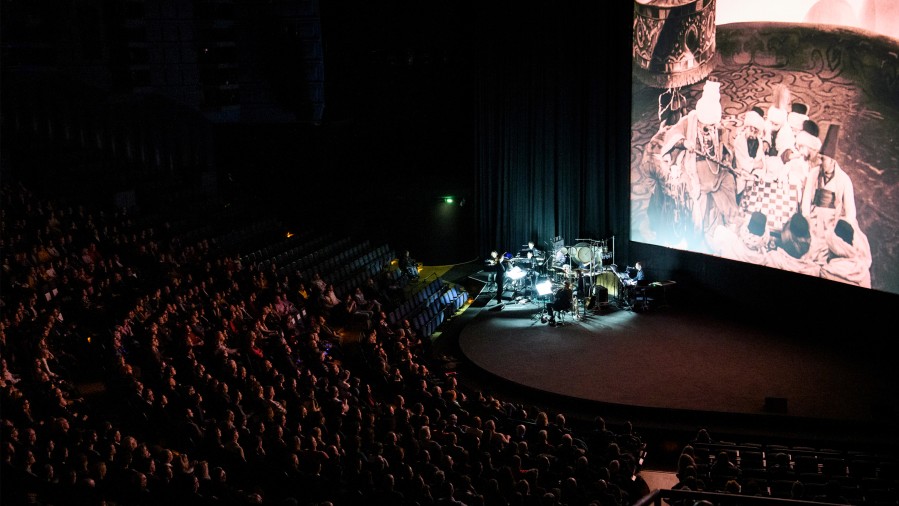Das Wachsfigurenkabinett
Waxworks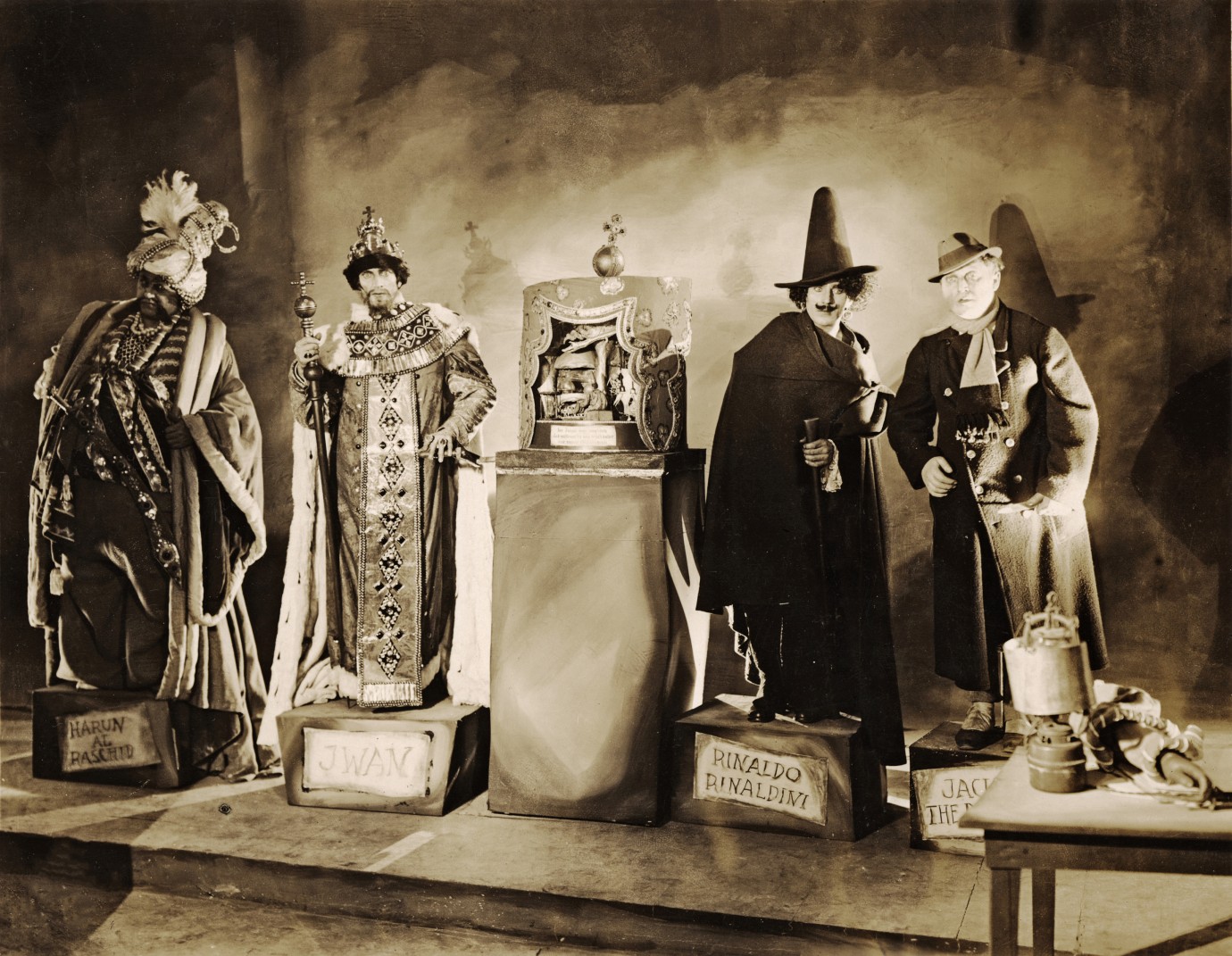

Emil Jannings, Conrad Veidt, Wilhelm Dieterle, Werner Krauß
Das Wachsfigurenkabinett | Waxworks by Paul Leni
DEU 1924, Berlinale Classics
Source: Deutsche Kinemathek
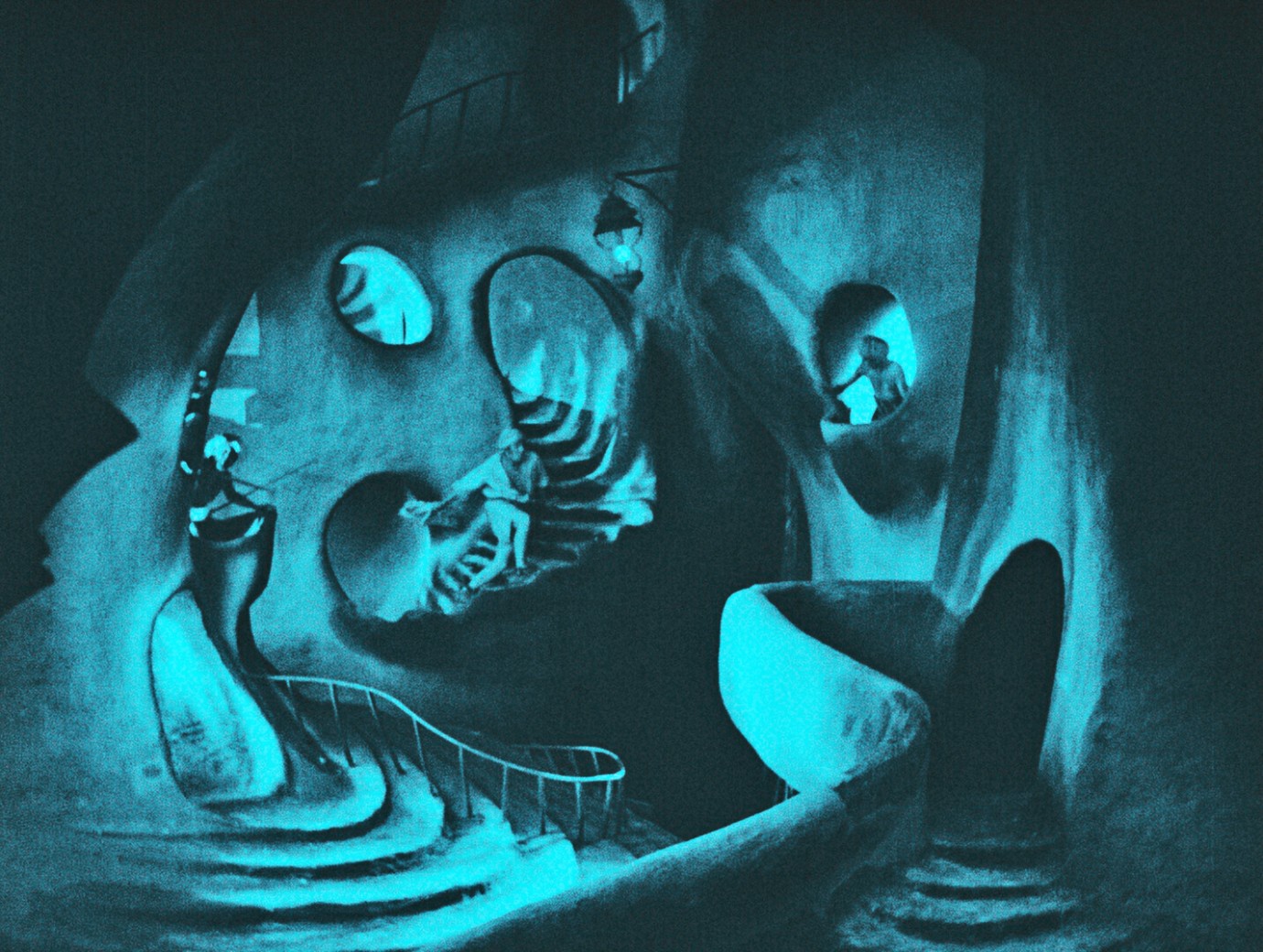
Das Wachsfigurenkabinett | Waxworks by Paul Leni
DEU 1924, Berlinale Classics
Source: Deutsche Kinemathek
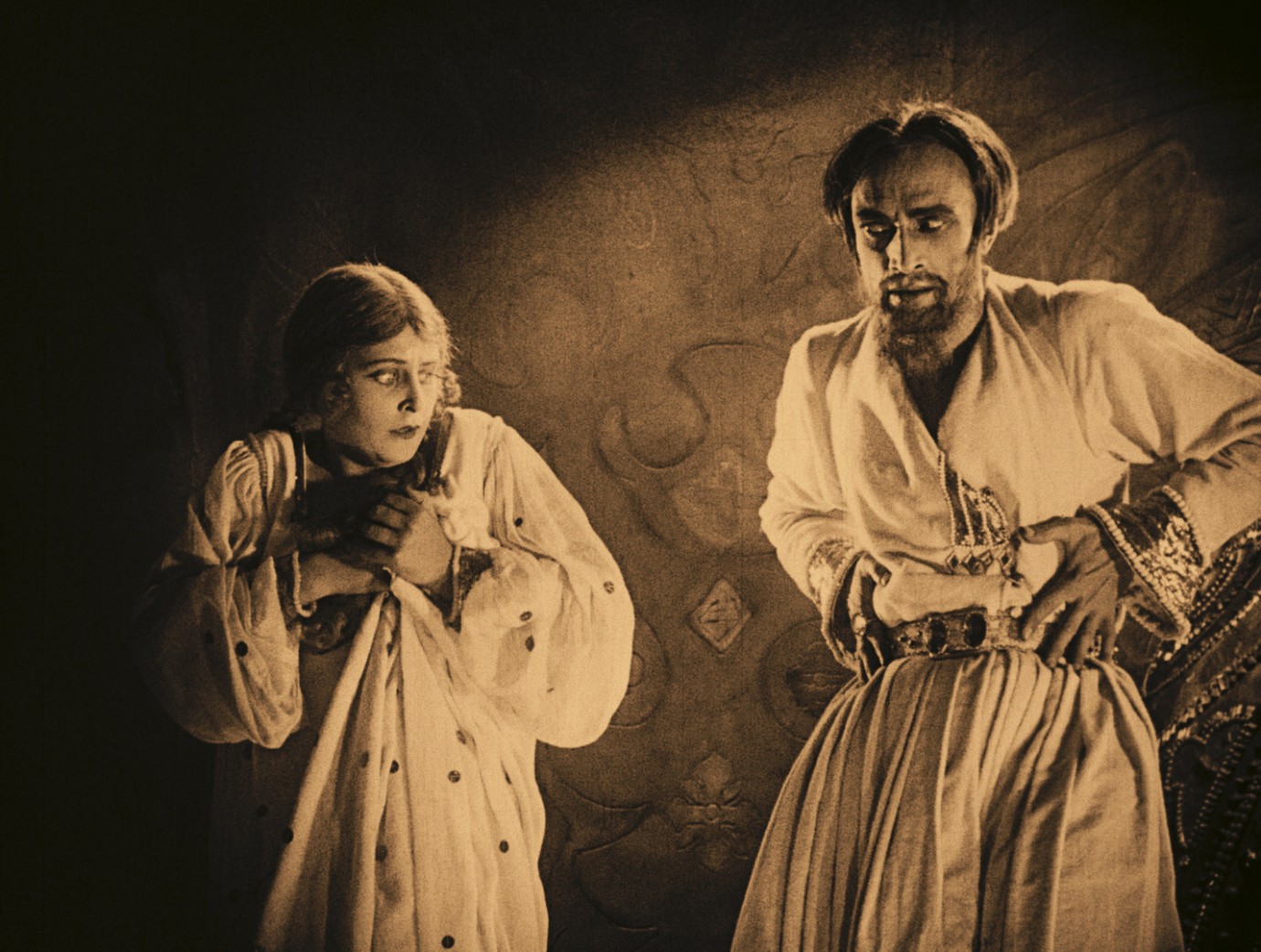
Olga Belajeff, Conrad Veidt
Das Wachsfigurenkabinett | Waxworks by Paul Leni
DEU 1924, Berlinale Classics
Souece: Deutsche Kinemathek
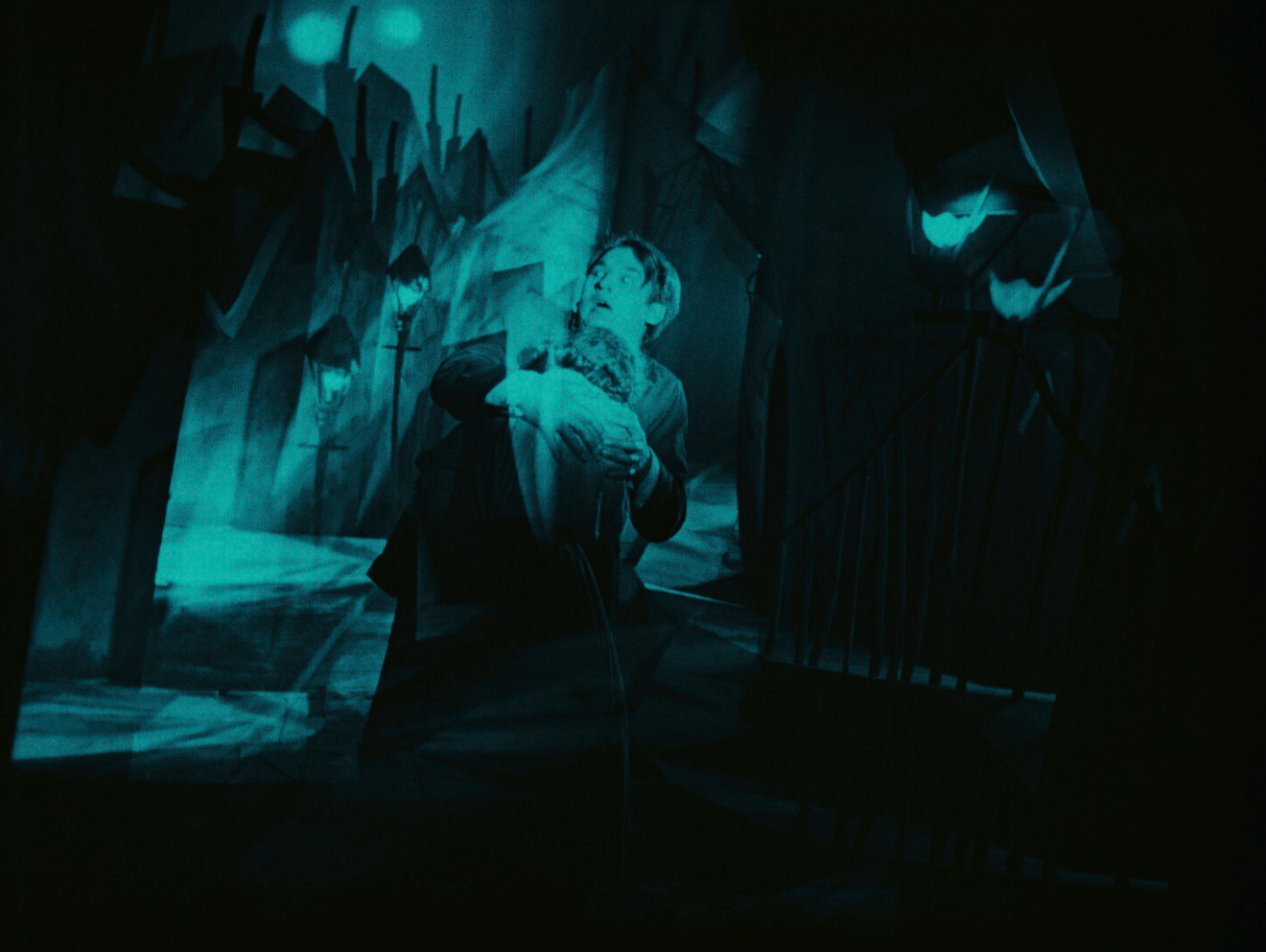
Das Wachsfigurenkabinett | Waxworks by Paul Leni
DEU 1924, Berlinale Classics
Source: Deutsche Kinemathek
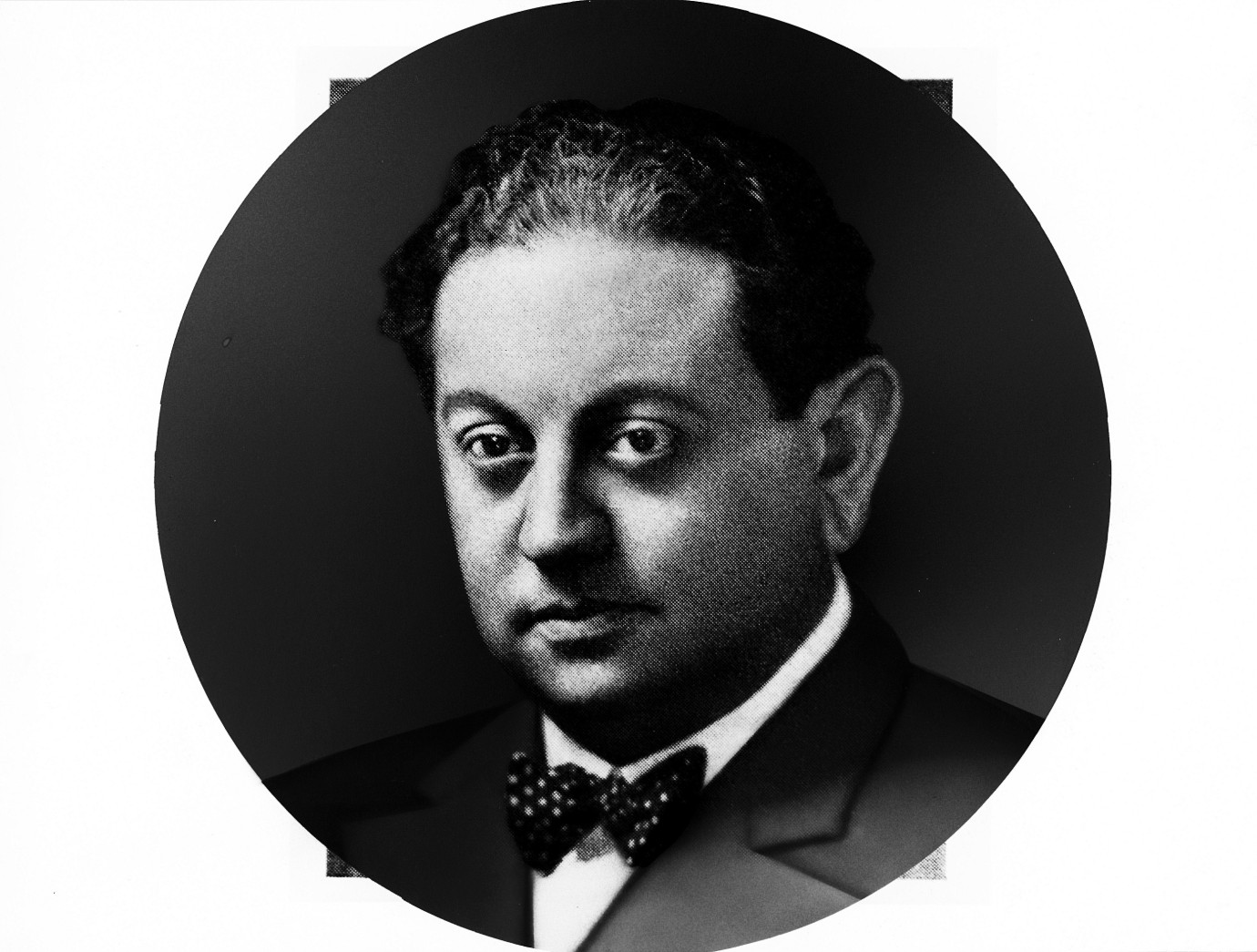
Paul Leni
Das Wachsfigurenkabinett | Waxworks by Paul Leni
DEU 1924, Berlinale Classics
202003163_7
With
- Emil Jannings
- Conrad Veidt
- Werner Krauß
- Wilhelm Dieterle
- Olga Belajeff
- John Gottowt
- Paul Biensfeldt
- Ernst Legal
- Georg John
Crew
| Director | Paul Leni |
| Screenplay | Henrik Galeen |
| Dramaturgy | Leo Birinski |
| Cinematography | Helmar Lerski |
| Production Design | Paul Leni, Fritz Maurischat, Alfred Junge |
| Costumes | Ernst Stern |
| Assistant Director | Wilhelm Dieterle |
Produced by
Neptun-Film AG, für Universum-Film AG (Ufa)
Additional information
DCP: Deutsche Kinemathek, Berlin, a cooperative project of the Deutsche Kinemathek and Cineteca di Bologna, at L’Immagine Ritrovata. Funded by the Federal Government Commissioner for Culture and Media (BKM).
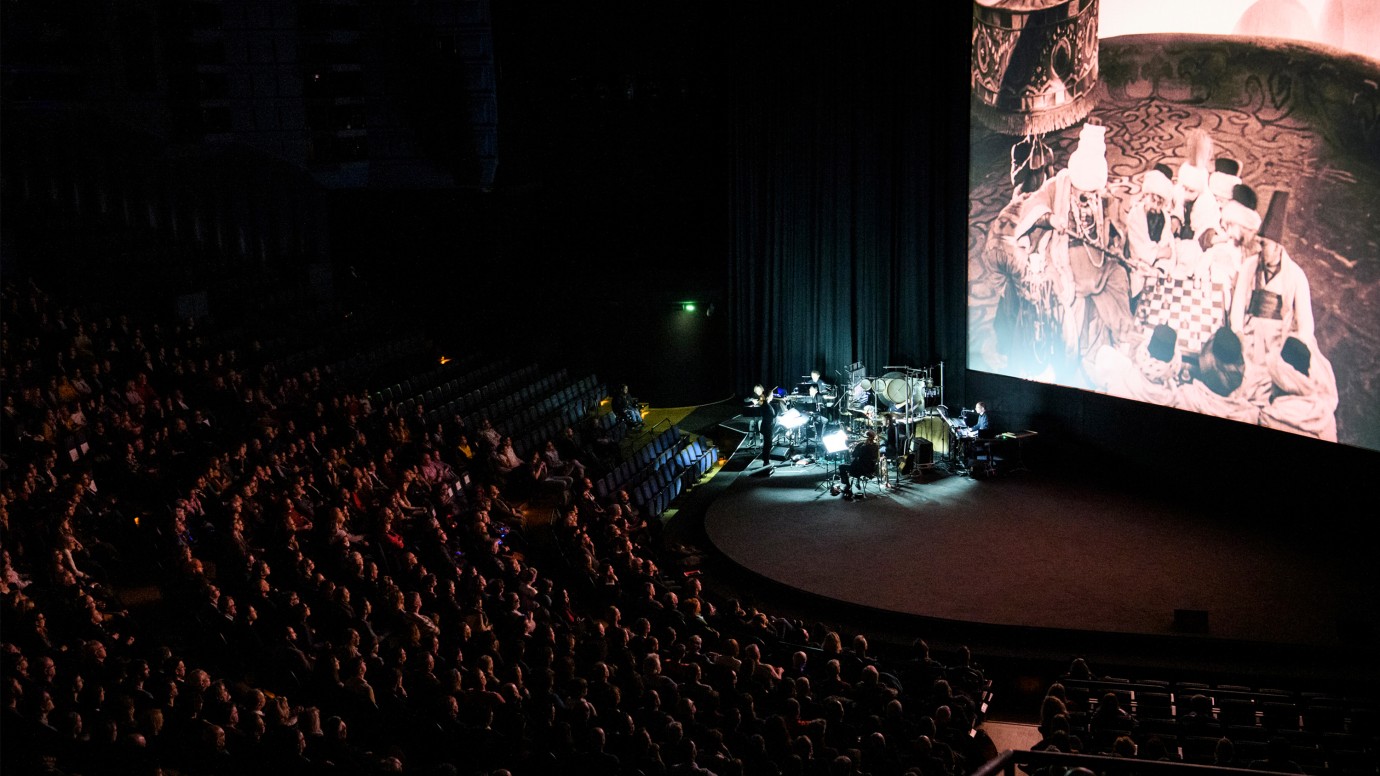
Premiere in the Friedrichstadt-Palast.
Das Wachsfigurenkabinett · Berlinale Classics · Feb 21, 2020
